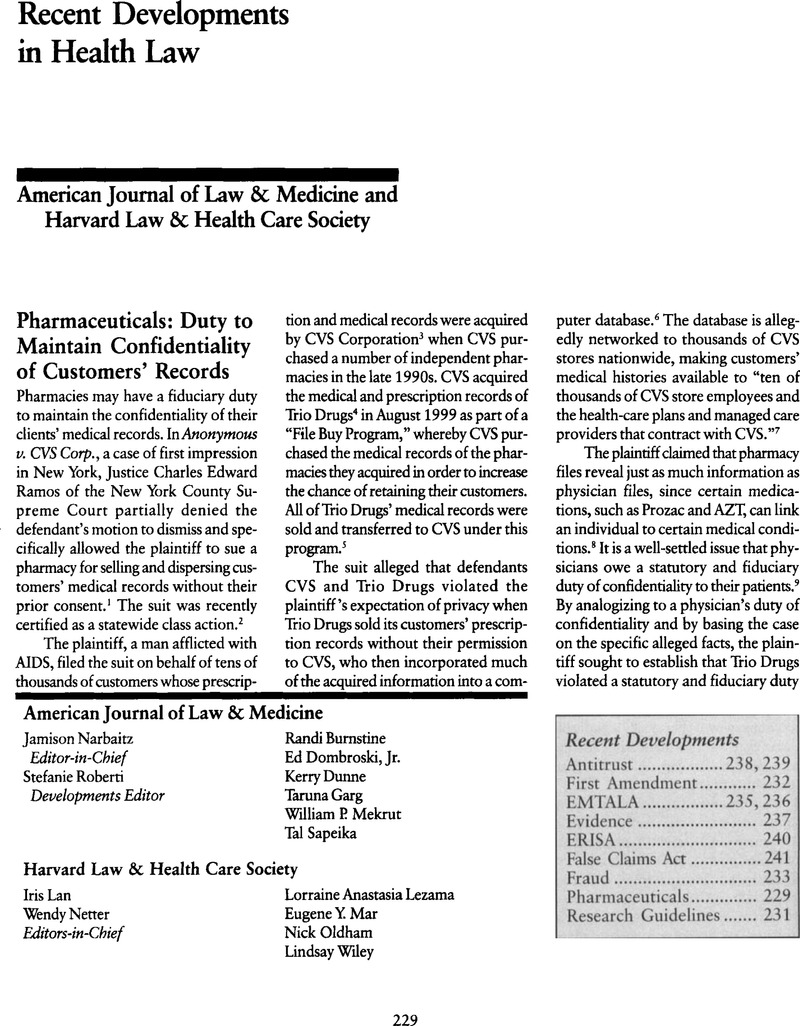“EMTALA: Federal Jury Exonerates Kentucky Hospital of EMTALA Violation in Patient Transfer Case,” BNA's Health Law Reporter,
10 (
2001):
365. The U.S. Court of Appeals for the Sixth Circuit has found that “EMTALA specifically restricts ‘transfers’ of unstable patients from hospitals.” See
Roberts, 112 F. Supp. 2d at
640. (citing EMTALA, 42 U.S.C. § 1395dd(c)). “EMTALA defines ‘transfer’ as … ‘the movement (including the discharge) of an individual outside a hospital's facilities at the direction of any person employed by (or affiliated or associated, directly or indirectly, with) the hospital.’” See
id. quoting EMTALA, 42 U.S.C. § 1395dd(e)(4).
Google Scholar 